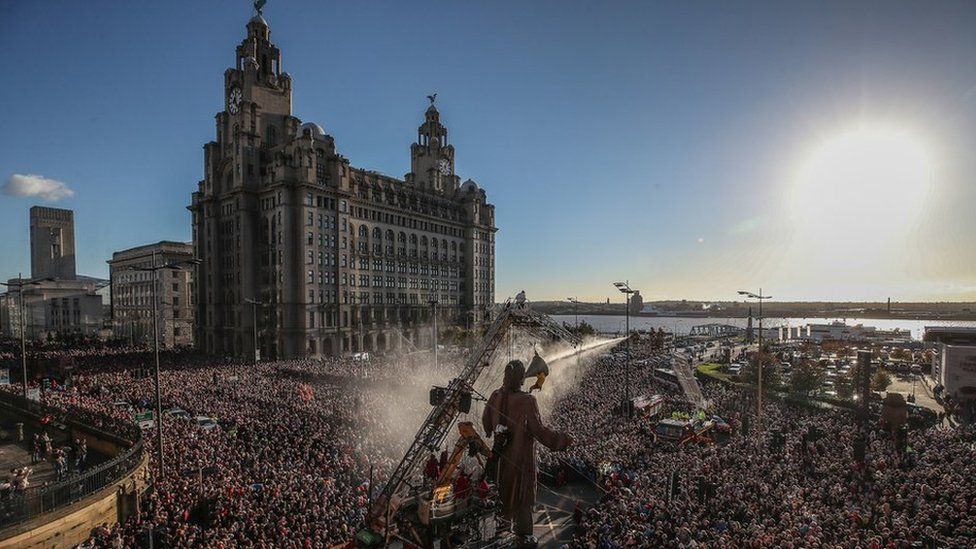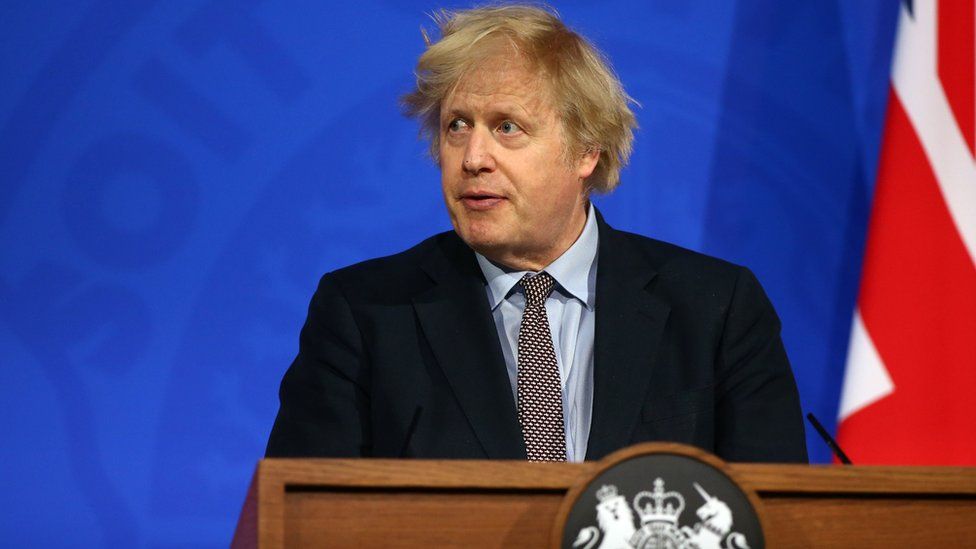Liverpool stripped of UNESCO World Heritage status

London, July 21: Liverpool has been stripped of its World Heritage status because of developments on the city's waterfront.
The decision was made following a secret ballot by the UNESCO committee at a meeting in China. UNESCO had previously warned that the developments, which include Everton FC's new stadium, had resulted in "irreversible loss of attributes".
The decision was described as "incomprehensible" by Liverpool Mayor Joanne Anderson.
Liverpool becomes only the third site to lose its World Heritage status since the list began in 1978, the other two being Oman's Arabian Oryx Sanctuary in 2007 and the Dresden Elbe Valley in Germany in 2009.
The city was awarded the much-coveted title in 2004 in recognition of its historical and architectural impact, joining places including the Taj Mahal, Egypt's Pyramids and Canterbury Cathedral.
It recognised Liverpool's history as a major trading centre during the British Empire and its architectural landmarks.

An artist's impression of Everton's new stadium, which is being built at Bramley Moore Dock, EVERTON FC
However, a report in June by the World Heritage Committee said developments on the city's waterfront had resulted in "irreversible loss of attributes".
It cited the Liverpool Waters project and Everton's new stadium, which is being built at Bramley Moore Dock.
Nearly 30 figures from politics, football and academia signed a letter to The Times in June, in which they urged Unesco not to strip the city of its status.
They said the £500m Everton stadium - in one of the city's poorest areas - would "bring millions of people to the shores of the Mersey", where they would learn about "the city's and Britain's maritime past".
Liverpool's heritage

World War One soldiers paraded outside St George's Hall in 1915, GETTY IMAGES
- The World Heritage Site stretches from the city's famous waterfront, through the historic commercial districts, to St George's Hall
- The city's bid for the status was centred on its history as a major global port in the 18th and 19th Centuries when it played a significant role in the growth of the British Empire
- It was a hub for the mass movement of people, including migrants from Europe to America, and had a key role in the transatlantic slave trade
- The Albert Dock area features more Grade I-listed buildings than anywhere else in the UK
- Liverpool was one of about 30 World Heritage Sites in the UK, along with Stonehenge and the Giant's Causeway
Recent News

Do not make expressions casting dout on election: EC
14 Apr, 2022
CM Bhatta says may New Year 2079 BS inspire positive thinking
14 Apr, 2022
Three new cases, 44 recoveries in 24 hours
14 Apr, 2022
689 climbers of 84 teams so far acquire permits for climbing various peaks this spring season
14 Apr, 2022
How the rising cost of living crisis is impacting Nepal
14 Apr, 2022
US military confirms an interstellar meteor collided with Earth
14 Apr, 2022
Valneva Covid vaccine approved for use in UK
14 Apr, 2022
Chair Prachanda highlights need of unity among Maoist, Communist forces
14 Apr, 2022
Ranbir Kapoor and Alia Bhatt: Bollywood toasts star couple on wedding
14 Apr, 2022
President Bhandari confers decorations (Photo Feature)
14 Apr, 2022








